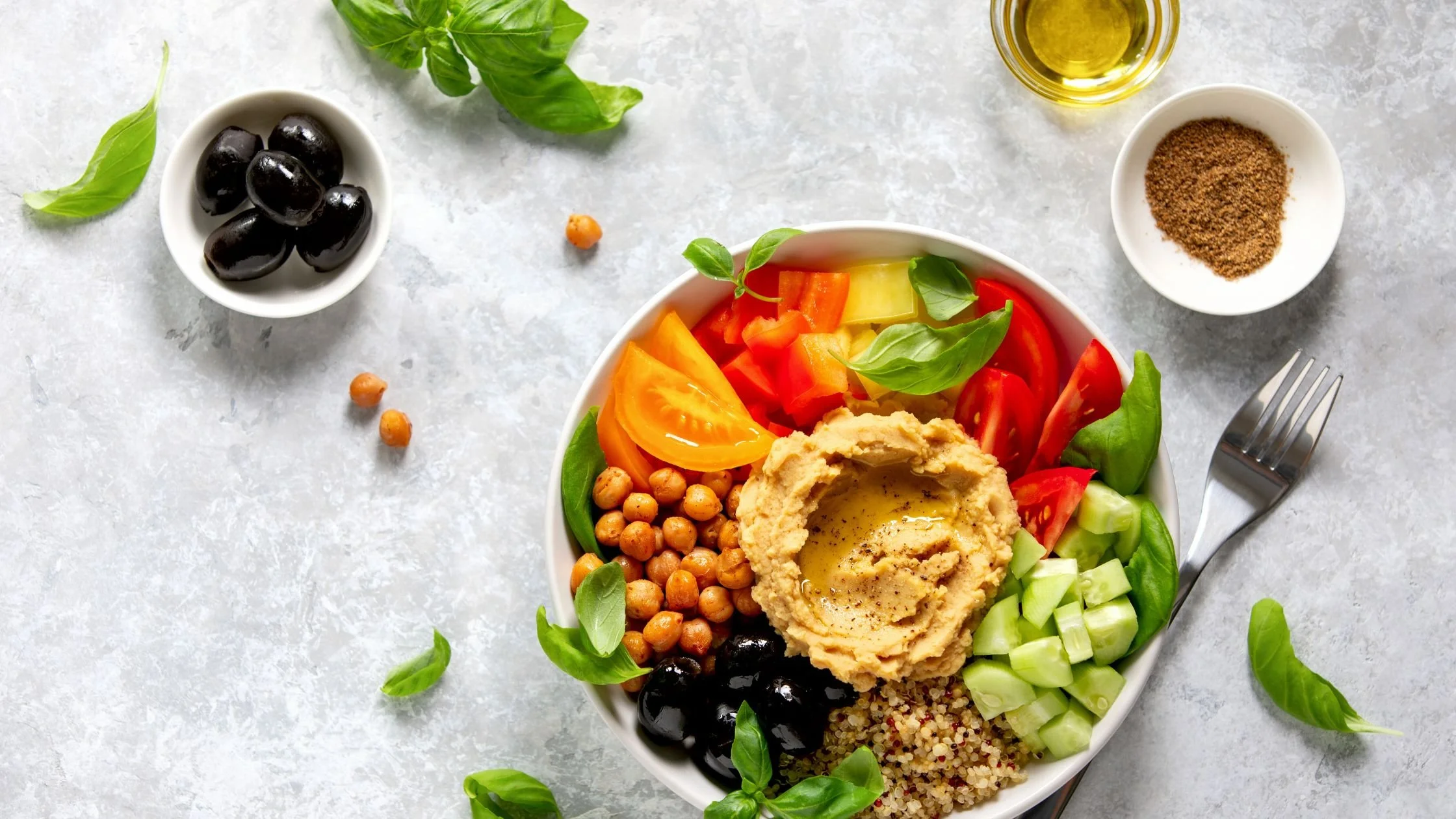Reducing face fat is one of the most common aesthetic goals people search for, but it’s also one of the most misunderstood. From facial rollers to cortisol hacks, countless quick fixes promise results, but do they actually work? Before diving into what really matters, it’s important to separate fact from fiction and understand what the evidence says about fat loss in the face.
Passive Techniques: Do They Work?
Passive techniques like facial rollers, supplements or ‘cortisol hacks’ are often touted as quick fixes for a slimmer face. While some may influence puffiness or general wellness, they don’t reduce facial fat directly. Fat loss is systemic; you simply can’t spot-reduce one area.
The Real Driver: Fat Loss = Calorie Deficit
The most reliable way to reduce facial fat is the same as the rest of your body: a moderate, sustainable calorie deficit. This reduces total body adiposity over time, which eventually shows in the face.
Supporting this with strength training and daily movement helps preserve muscle mass, maintain metabolism, and improve body composition. Even simple steps like 8–10k steps per day contribute to overall leanness and in turn a reduction in face fat.
Puffiness vs Fat: Know the Difference
It’s important to separate true fat from puffiness, which is fluid retention rather than adipose tissue. Key factors include:
Sodium & Hormones: High salt intake raises blood sodium, causing water retention in facial tissues.
Alcohol: Initially acts as a diuretic but later causes rebound water retention, leaving the face puffy.
Sleep & Jet Lag: Poor or irregular sleep disrupts cortisol and fluid regulation, worsening puffiness.
Inflammation: Chronic inflammation from diet, stress, or lifestyle increases water retention.
An appropriately structured fat loss plan, prioritizing sleep, limiting alcohol and managing stress all help reduce inflammation and facial swelling.
The Role of Diet: Mediterranean-Style Eating
The Mediterranean diet is anti-inflammatory because it emphasizes healthy fats (like olive oil and omega-3s from fish), fibre-rich plant foods (vegetables, fruits, legumes, whole grains), and antioxidant-rich foods, while limiting processed foods and added sugars. This reduces oxidative stress, supports a healthy gut microbiome, and lowers chronic inflammation markers in the body.
Cortisol & Facial Fat: What’s the Truth?
Cortisol is often blamed for stubborn fat and puffiness. While chronically elevated cortisol, as seen in Cushing’s syndrome, can cause facial fat deposition (‘moon face’), this is a medical condition requiring professional care.
Day-to-day fluctuations in cortisol are not the reason for puffiness. The fundamentals still apply: a moderate calorie deficit, structured strength training, and ~8–10k daily steps will reduce overall adiposity, and in turn, puffiness.
Muscle Matters Too: The Jawline Illusion
Facial shape can also be influenced by muscle mass. The masseter muscle (jaw muscle) can become more defined through chewing gum or mastic. A stronger masseter creates the illusion of a sharper jawline. While it doesn’t reduce fat, it can enhance perceived leanness and facial aesthetics.
Key Takeaways
Lower overall body fat through a sustainable calorie deficit (~0.5–1% bodyweight per week), adequate protein (1.6–2.2 g/kg/day), and regular exercise.
Reduce systemic inflammation to help minimize puffiness and improve overall health.
Manage sodium intake, hydration, alcohol, sleep, and stress, as these factors all influence day-to-day facial appearance.
Remember: systemic fat loss + healthy lifestyle habits are the foundation.
Want More?
Many people find that their face doesn’t appear to lean out as quickly as other areas of the body. This reflects natural differences in fat distribution, fluid regulation and facial muscle structure.
If you’re seeking a sustainable, evidence-based approach to achieve your health, fitness and body composition goals, our 1:1 coaching provides the personalised guidance and support to help you get there. Reach out below!


